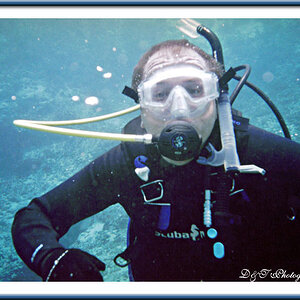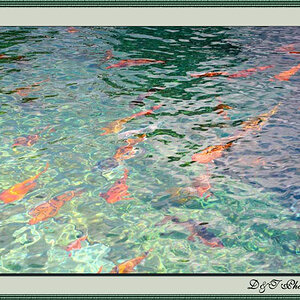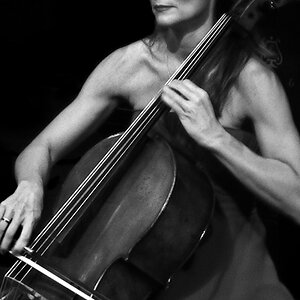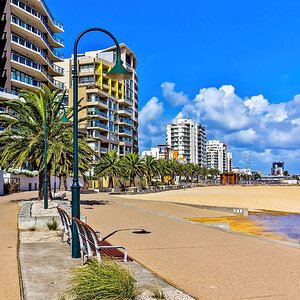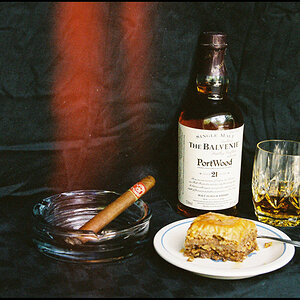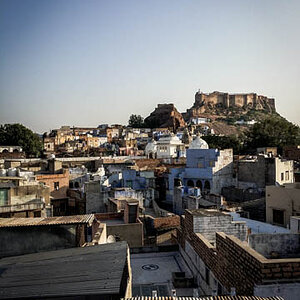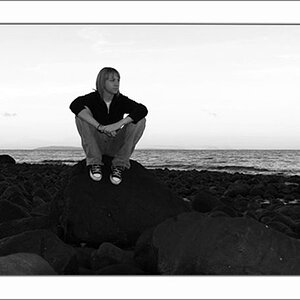vasal
TPF Noob!
- Joined
- Jun 17, 2012
- Messages
- 8
- Reaction score
- 0
- Can others edit my Photos
- Photos OK to edit
Hello, I have a Nikon D5100. I'm interested in dog photography mainly (and animal photography in general) and it turns out that the 18-55 VR is not enough for me. It was a good start but I need an upgrade. I was thinking about a variety of lenses (55-300VR, 18-300VR, 70-300VR)-i am more into 70-300 mm VR but any comment would be really helpful-, i need the extra zoom for dog sports events and fast focus on moving subjects even at 200+mm. Any other suggestion on this budget would be nice.
PS. If there's any dog photographer here I would really appreciate some tips-any tips and would love to check your work (on flickr for example)
thank you, i'm looking forward to hearing from you.
PS. If there's any dog photographer here I would really appreciate some tips-any tips and would love to check your work (on flickr for example)
thank you, i'm looking forward to hearing from you.



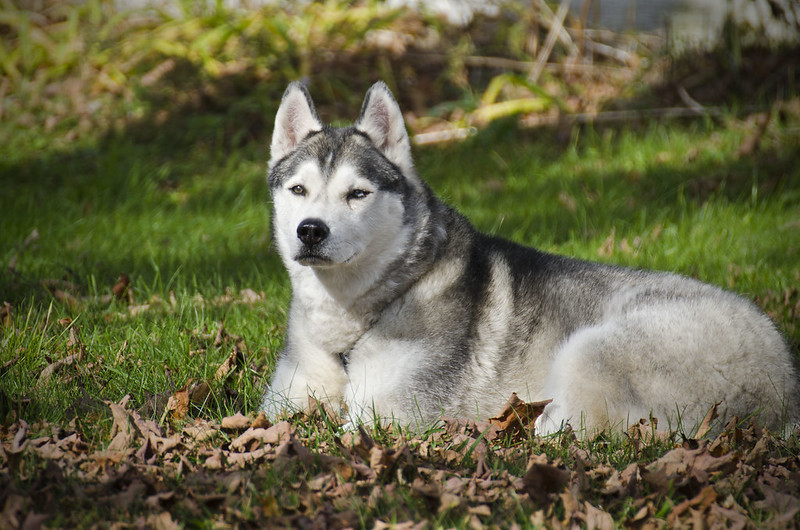 DSC_0158
DSC_0158 DSC_0007
DSC_0007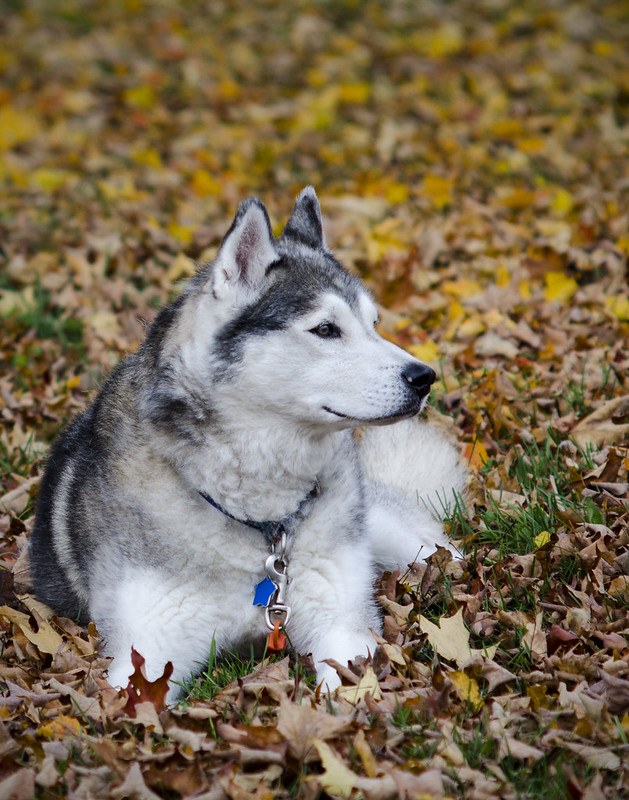 DSC_5525_portrait
DSC_5525_portrait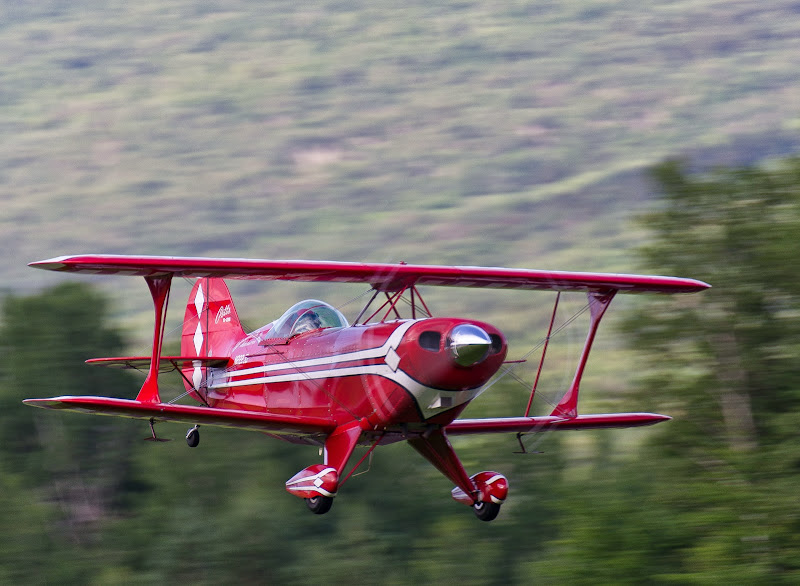

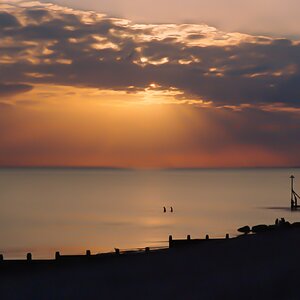
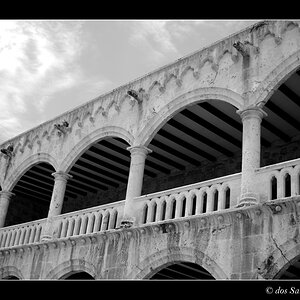
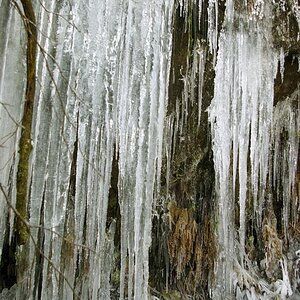
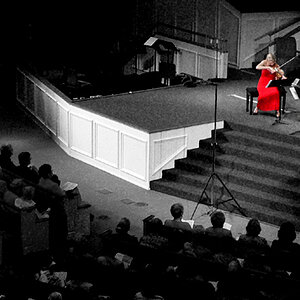
![[No title]](/data/xfmg/thumbnail/37/37491-9a5a4b87cc7adab94e5cc59f2da93701.jpg?1619738112)
